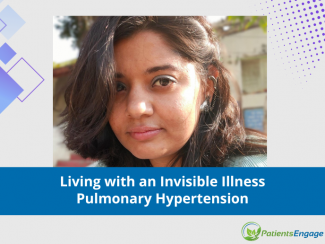
Types of Retinitis Pigmentosa
RP can be broadly categorised as non-syndromic and syndromic. The non-syndromic form where only the eye is involved, is more commonly seen than syndromic.
Syndromic RP will have an associated systemic abnormalities like Usher syndrome, Lawrence Moon Bardet Biedl Syndrome, Kearns-Sayre Syndrome, Refsum disease, Abetalipoproteinemia, Neuronal ceroid lipofuscinosis, Joubert syndrome etc. Syndromic RP requires special attention for early detection of both RP as well as systemic abnormality which will help in appropriate visual and systemic rehabilitation.
RP can also be sub grouped into various types based on the specific gene mutation. So far more than 70 genes are detected with more than 120 different mutations known.
Stages of Retinitis Pigmentosa
Early stage of RP is characterized by predominant night vision problems and peripheral vision problems in dim light. Usually at this stage patient will not have any problems during day light. The night vision problems can be ignored by the patient most times at this stage. Central vision and retinal signs can vary from being normal to subnormal.
Mid stage of RP is characterized by patient being aware of night vision and side vision difficulties limiting night activities like walking and driving. Colour vision abnormalities and sensitivity to diffuse light can develop in this stage. Retinal examination will have typical signs of RP.
Late stage of RP is characterized by profound limitation of activities with independent mobility being major concern. Retinal examination will have widespread affection of the entire retina. At this stage patient might have only a central or paracentral island of vision or only light perception.
Contributed by
Dr Deepika C Parameswarappa, Consultant Ophthalmologist, LV Prasad Eye Institute
Dr Subhadra Jalali, Network Director, Consultant Ophthalmologist, L V Prasad Eye Institute





